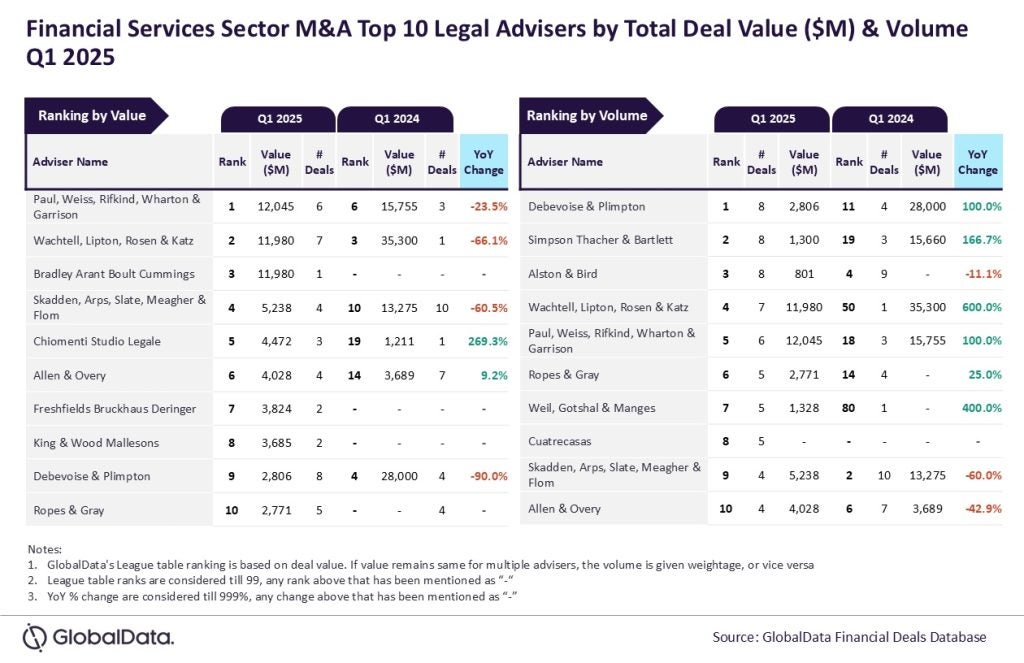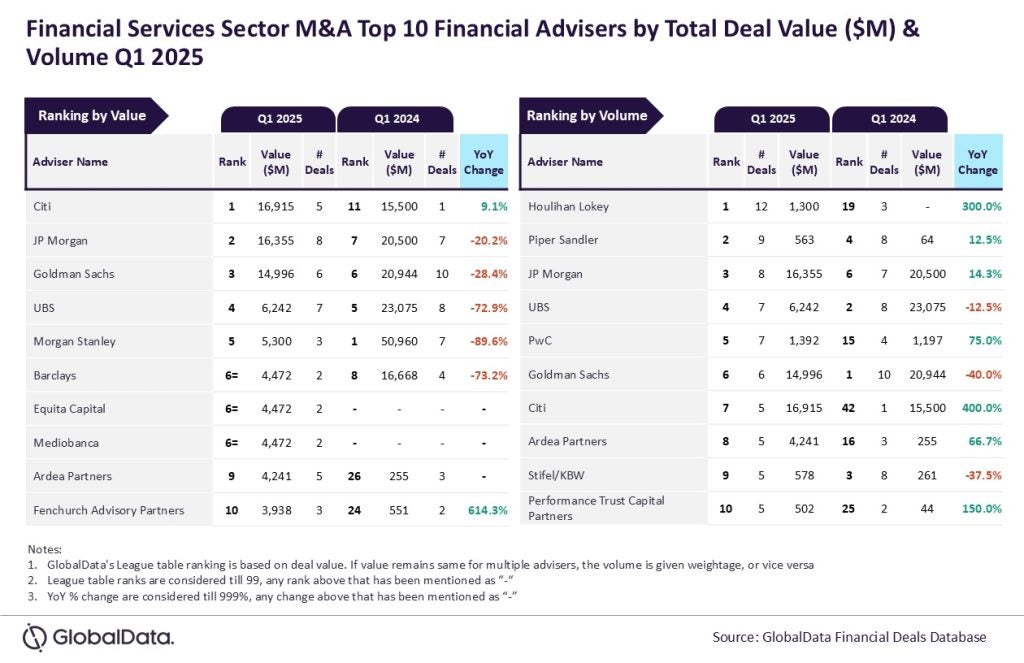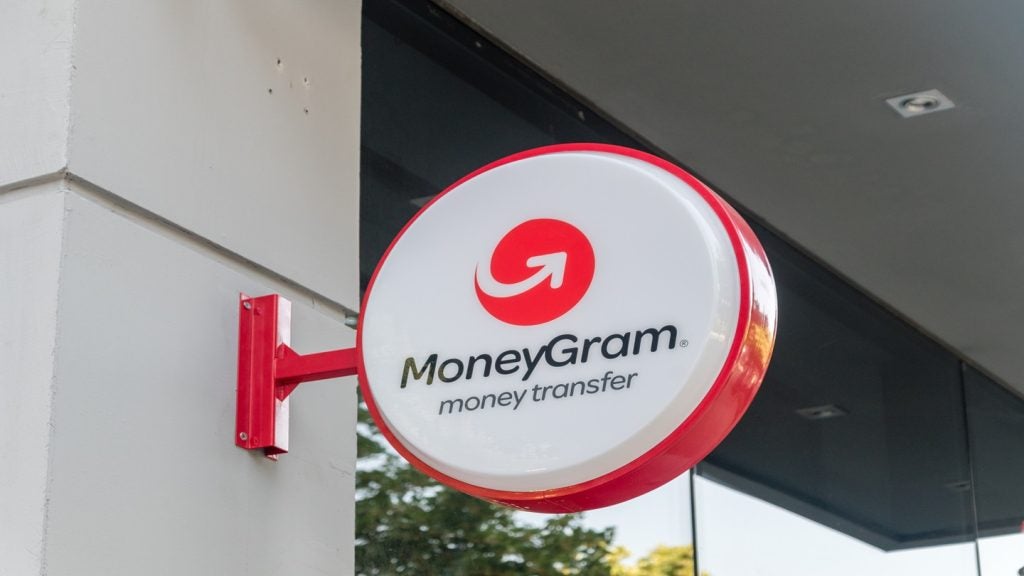Peru’s banks and telcos have collaborated to launch a mobile money scheme which is being viewed as a model for other emerging markets. Robin Arnfield reports
The Bim (Billetera Móvil/mobile wallet) mobile money programme will provide unbanked and underbanked Peruvians nationwide with access to digital financial services such as prepaid accounts, P2P transfers, bill payments, and point-of-sale purchases, irrespective of who their bank or telco is. The goal is to reach 5 million out of Peru’s 10 million unbanked by 2020, with 2 million active users by 2020.
“The messaging is clear: ‘If you have a phone, you have Bim,'” says Jeffrey Bower, a digital finance innovation specialist with the United Nations Capital Development Fund’s (UNCDF) Better Than Cash Alliance. Bower was closely involved in the development process for Bim.
According to a Better than Cash Alliance blog by Bower, with over 40,000 banking agents and branches and 10.6 million debit cards, Peru has a relatively well-developed formal financial sector. “However, over 70% of Peruvians still don’t use formal financial services due to a combination of high transaction costs, financial illiteracy, and lack of accessibility in remote areas,” Bower wrote. “High levels of mobile phone use nationwide (over 87% of households) means that Peru shows potential for significant financial inclusion through financial services innovation, particularly with mobile money.”
Soft launch
Bim had a soft launch in mid-December 2016, offering P2P transfers and mobile top-ups, after being in preparation for three years.
Bim is the first service to be introduced by Modelo Perú, a partnership of nearly 40 Peruvian financial institutions including private-sector and state-owned banks, cajas (credit unions), microfinance institutions, and three licensed non-bank electronic money issuers along with the country’s largest telcos. “Most of Peru’s FIs have joined, and represent the vast majority of deposits on record,” says Bower. “Some smaller FIs who can’t afford the technical development work haven’t joined yet.”
Bim is being implemented by Pagos Digitales Peruanos (PDP/Peruvian Digital Payments), a company founded by Modelo Perú in July 2015. Peruvian banking association ASBANC’s (Asociación de Bancos del Perú) financial education institute has an equity stake in PDP, and the project is being supported by additional funds from the Multilateral Investment Fund (FOMIN), the Better than Cash Alliance and Development Bank of Latin America (CAF).
“The December launch involved nine financial entities with a total of 10,000 branches and agents and Spanish telco Telefónica’s Peruvian subsidiary Movistar,” says Miguel Arce Tellez, assistant commercial director for the Bim programme at PDP. “In January 2016, we will add another telco, Claro, to Bim, and will also commercially launch the service with media advertising. In February, we will add a third telco, Entel, followed by Bitel in March 2016. Movistar, Claro and Entel together account for 90% of the cellphones in Peru.”
In the second phase of the project, a further 18 financial entities will be connected to Bim in March 2016, says Tellez. “We will also be providing purchases, links to bank accounts and a B2B payments functionality within Bim during 2016. Eventually, all the financial entities involved in Bim will be connected to the service, representing over 40,000 branches and agents. It will be a challenge to reach our target of 2 million active Bim users by 2020, but we think we can achieve it.”
ASBANC
ASBANC played a key role in establishing the Modelo Perú initiative. The country’s banking association invited technology companies to submit tenders to develop a national mobile payments switch that would work with all Peru’s state-owned and private-sector FIs, microfinance providers, and telcos.
Sweden’s Ericsson won the contract in August 2014 to supply its mobile wallet platform, after a selection process which included bids from major mobile financial technology players such as MasterCard, Visa, and Comviva/Tech Mahindra.
“The selection criteria didn’t just involve technology,” says Lars Arvidsson, Senior Advisor at Ericsson. “ASBANC was looking for a (technology)-agnostic partner and platform that would support the establishment and growth of a local and regional ecosystem. Also, the solution had to offer multi-tenancy and interoperability allowing multiple legal (financial) entities to perform services from the same platform.”
“What’s interesting is that Peru is the first country where the FIs are co-operating on infrastructure in order to compete on products,” says Bower. “The FIs are putting together their agent networks, branches and existing customer base in Bim and then trying to attract new users to the banking system. Bim won’t be competitive with the banks’ existing businesses, but will be additive.”
Competition
The FIs will compete with each other for acquisition of new customers through Bim. “Bim is similar to MasterCard and Visa in that it is based on an interoperable network/switch with one national brand, Bim, and participating entities provide their own competing services based on the Bim scheme, just like MasterCard and Visa card issuers,” Bower says. “However, no matter which bank the Bim client goes with, they can transact with anyone with a cellphone and with any Bim account-holder across Peru. Also, they can access their Bim account at any branch or agent of a Peruvian bank.”
“By pooling existing financial infrastructure across Peru, members of Modelo Perú will use the Bim platform to issue affordable products for those formerly financially excluded,” Bower wrote in his Better than Cash Alliance blog. “What small profits are made from the low fees will be directly invested back into the platform, further ensuring low costs for users. The ultimate goal is for mobile financial transactions to flow without friction – between banks and other approved entities, across telecoms networks, while making use of existing financial infrastructure (banks, branches, agents, ATMs, online channels), so that a payment can be accepted by anyone, everywhere, at any time; in person, at distance, and online.”
Legislation
Under Peru’s Electronic Money law, which was passed in 2012 and is the cornerstone of Modelo Perú, non-FIs are eligible to participate in financial services and offer banking products. “Three non-FIs have been approved under the regulations to participate in Bim and issue e-money,” says Bower. “These companies, which are participating from Bim’s launch, include Gmóvil, which worked with Latin American mobile payments firm YellowPepper to set up the GMoney mobile P2P remittance programme in Peru. Now that YellowPepper has pulled out of the unbanked mobile money market, Gmóvil wants to connect its existing Gmoney customers with Bim.”
Bower says that Bim resulted from the challenge the Peruvian banks faced with two pan-regional mobile money services: Wanda (now rebranded as Tu Dinero Móvil/your mobile money), Telefónica and MasterCard’s Latin American service, which was launched in Peru in January 2015; and Transfer, Citigroup and its Mexican subsidiary Banamex’s offering with America Móvil.
“As it happens, MasterCard and Citi’s pan-regional mobile money services haven’t been successful,” says Bower. “But the fact that telcos cooperated with MasterCard and with Citi meant that smaller banks in Peru would never been able to achieve scale with their own mobile money efforts. So the decision was made for ASBANC to get all the banks and telcos to work together. The idea was also for Wanda’s Tu Dinero Móvil customers to be able to transact with Bim customers.”
National switch
“Bim is the first example anywhere of a national digital financial services switch,” says Bower. “The Bill and Melinda Gates Foundation has developed a definition of what an optimal national mobile money switch connecting traditional and non-traditional FIs would look like, and wants to promote this concept worldwide. It sees Peru’s switch as a model to be replicated, as it allows traditional and non-traditional players to cooperate in developing a programme that brings new people into the banking system. Hopefully, Bim is a model that will be copied around the world, as it is getting a lot of interest internationally.”
Bim is a model that will be particularly attractive in regions where there is already substantial financial services infrastructure such as Asia and Latin America, Bower says. “In Africa, the telcos had to take up the work of building financial services infrastructure for the unbanked, as the banks didn’t see the value in investing in building large-scale financial infrastructure,” he says.
Open-loop
Bower stresses that, while technology and products are important, they are not as vital as having good partnerships if the banking industry wants to build systems that reach everyone. Many mobile money services are closed-loop in that they are restricted to a single bank partnered with a single telco, he notes.
“If partnerships aren’t enabled to allow a digital money service to reach scale, and if this service is restricted to a few FIs and telcos, then people won’t use it,” Bower says. “I won’t adopt digital money if I can only use it with 60% of the population, since cash works with everybody. The lesson from Peru is to use existing payments and telecoms infrastructure, bring in partners and then incentivise people to join your service.”







